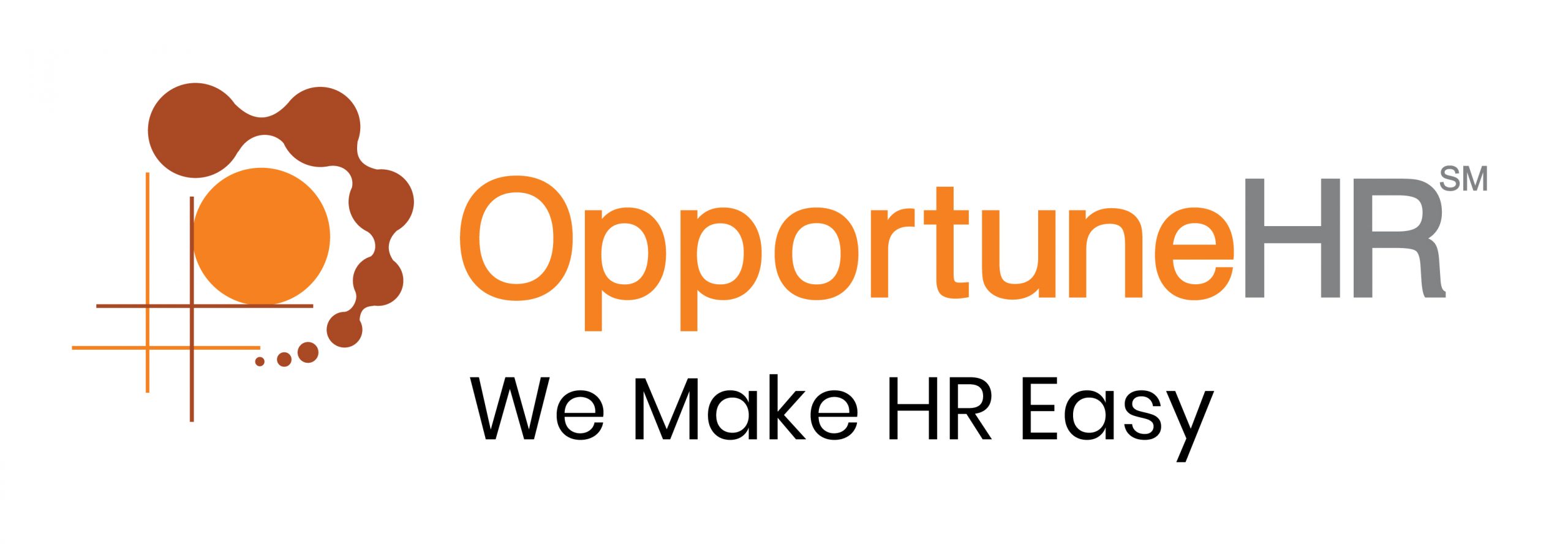December 11, 2023
Discover The Power Of One-Click Payroll Generation
ReadDiscover Why OpportuneHR is the best HRMS Software in India! Schedule a Demo OR Call us @ +91 7700-954949



For many business owners and HR professionals, payroll can feel like a never-ending chore. Every month, hours are spent tracking employee hours, double-checking calculations, reconciling discrepancies.
And throughout one must ensure that everything complies with tax laws and labour regulations.
It’s a process that is not only time-consuming but also prone to errors—errors that can lead to costly penalties or disgruntled employees.
The good news is, payroll automation software offers a solution that can dramatically reduce the time spent on these tasks.
Let’s explore exactly how automation streamlines payroll processes and helps save more than 10 hours each month.

It’s a common scenario. Payroll managers or accounts people running around the office and factories to collect missing data from employees and their bosses.
Not just time consuming, it is humiliating for the payroll team.
Gathering timesheets from different departments often requires printing or emailing documents back and forth.
This is just not needed with payroll automation. Because with true automation all data goes directly into payroll software in real time.

Entering each employee’s hours into spreadsheets or legacy systems is a boring, painstaking process.
And one mistake here can ripple through the entire payroll cycle. Calculations for taxes, benefits deductions, overtime pay, and bonuses are typically done manually or through basic calculators— this is not only slow but also results in human error.
Payroll automation software cuts down on time by eliminating much of this manual data entry. Because automated payroll systems pull data directly from integrated sources: Like time tracking software, attendance records, or even point-of-sale systems for retail environments.
By importing this data automatically into the payroll platform, businesses avoid duplicate entries and minimize errors caused by manual input.

Once the data is imported into an payroll automated system, calculations occur instantly within seconds— There is no need to wait for spreadsheets to be updated manually. And no cross-checking over multiple versions.
This itself saves so much time and headaches.
This rapid calculation capability ensures accurate employee paychecks every single cycle. No last-minute surprises due to miscalculations.

Approval workflows are another bottleneck in manual payrolls because they often require several rounds of physical signatures or email approvals. These are time-consuming steps that delay processing. And also increase administrative overhead.
Payroll automation streamlines this process with built-in approval chains. Which means designated managers review and approve changes digitally within seconds rather than days.

Tax needs to be hold by employers. Manually calculating them is time consuming. And also complex, because these can vary by jurisdiction.
But payroll automation software handles these calculations automatically according to current regulations stored in its database. This not only saves time but also reduces the risk of non-compliance penalties resulting from outdated or incorrect calculations.

Real-time dashboards are another feature that significantly cuts down review time during payroll processing.
Instead of sifting through printed reports or multiple spreadsheets to verify figures at the last minute— a task often leading to stress and potential errors— the dashboard provides instant visibility into current payment statuses: who has been paid; who’s pending approval; any discrepancies are flagged immediately.

Automated reports further save time during financial reviews. As the automation software generates detailed summaries instantly at the click of a button. And as per mandated formats.
It simply eliminates the hours spent preparing reconciliation documents manually for auditors or internal reviews.

Another critical aspect where automation saves substantial time is in handling corrections or adjustments after initial payroll processing begins.
Instead of redoing entire spreadsheets manually when discrepancies arise late in the cycle— automated systems allow quick edits with immediate recalculations across all affected areas. So no need for the payroll team to start from scratch again.

Altogether, this reduces what traditionally could take many hours—sometimes even an entire day—to just a fraction thereof—roughly ten hours per month for most small-to-medium businesses.
 Let’s consider an example:
Let’s consider an example:A mid-sized manufacturing company allocates about fifteen hours each month for manual payroll processing—
Once an automated payroll solution is integrated with attendance system and bank feeds, the scenario changes–
In total: roughly ten additional productive workhours can be freed up each month.
| Payroll Process Step | Time Spent Manually (hours) | Time Spent After Automation (hours) | Time Saved (hours) |
|---|---|---|---|
Collecting Timesheets | 3 | 00 | 3 |
Entering Data | 5 | 00 | 5 |
Reconciling Accounts | 3 | 00 | 3 |
Obtaining Approvals | 2 | 1 (Digital Approvals are Fast) | 1 |
Preparing Reports | 2 | (Automated Report Preparation) | 1 |
Calculations and Rechecks | 5 | Instant | 5 |

Payroll automation actually saves much more time when we also takes into account the time spent by the department heads and business owner himself.
Many a times the salary generation is delayed because the approving authorities are travelling and not available to make approvals in the office.
And extended amount of time that goes into preparing for inspections and enquiries from govt authorities should also be added to the time saved by payroll automation software

It’s important to recognize that automation reduces high level of stress during critical deadlines like tax season or audit periods.
Because all data is accurate, and upfront— which is a stark contrast from frantic last-minute corrections typical in manual processes.
The peace of mind gained translates directly into higher morale among staff responsible for payroll management. They no longer have sleepless nights worrying about missed deadlines due to human oversight.
When we implement payroll automation and remove repetitive tasks such as data entry and reconciliation, enabling instant calculations and approvals—all within one integrated platform— we save much on time.
About 10 valuable working hours each month for small organizations, and 20 to 30 Hrs for mid sized and bigger organizations.
If you wish to opt for the best payroll software in India, we suggest talk to our team, today!







